
The world of professional basketball, particularly the National Basketball Association (NBA), is a fascinating blend of athletic prowess, strategic genius, and high-stakes financial negotiation. While fans often focus on thrilling dunks, clutch shots, and championship dynasties, an equally dramatic arena exists behind the scenes: the intricate, often contentious, realm of player contracts. These agreements, which dictate salaries, team affiliations, and player futures, are far more than mere formalities; they are battlegrounds where careers are forged, legacies are defined, and fortunes are won or lost.
Throughout its storied history, the NBA has witnessed numerous contract disputes that have not only gripped headlines but have also profoundly reshaped the careers of its biggest stars and the very structure of the league itself. These aren’t just squabbles over money; they are often fierce contests of will, reflecting broader themes of power, economics, and player agency. From league-wide lockouts that threatened entire seasons to individual player holdouts that set unprecedented financial benchmarks, these disputes offer invaluable insights into the complex ecosystem of professional sports.
Understanding these pivotal moments is essential for anyone seeking to grasp the broader implications for the league’s future, as they continue to influence everything from team dynamics to player empowerment. We’re about to delve into some of the most impactful contract controversies, examining how these showdowns tested the resolve of players and franchises, nearly derailed promising careers, and ultimately left an indelible mark on the NBA’s evolving landscape.

1. **The 1998 NBA Lockout**: One of the most significant and collectively impactful contract disputes in NBA history was the 1998 lockout. This monumental standoff began in March of 1998, as National Basketball Association team owners and players found themselves at a complete impasse over the terms of their new collective bargaining agreement. The tension escalated, leading to a dramatic declaration by the owners at midnight on June 30, 1998, initiating a lockout that effectively halted all preparations for the upcoming 1998–99 NBA season. This wasn’t just a minor delay; it was a crisis that brought the entire league to a standstill.
For a grueling six months, players and owners engaged in protracted negotiations, a period marked by colossal financial losses for both sides, collectively amounting to hundreds of millions of dollars. The entire league hung in the balance, with countless careers on hold and the sport’s future uncertain. The negotiations were a classic professional sports negotiation case, demonstrating the power dynamics at play when labor and management clash over shared resources and revenue. The stakes were incredibly high, with the livelihoods of every player and team employee caught in the crossfire of this contentious dispute.
Ultimately, it was an arbitrary but firm deadline that finally forced a resolution. The team owners issued an ultimatum, stating that if an agreement wasn’t reached by January 7, 1999, the remainder of the season would be canceled. This placed immense pressure on the players to concede. In effect, the owners strategically committed themselves through public statements to declaring an impasse if the deadline passed without a deal. In the early-morning hours of January 6, just hours before the deadline, the two sides finally came to terms. The resulting contract dramatically favored the owners, highlighting the effectiveness of deadlines in high-stakes negotiations and demonstrating how they can compel resolution even in deeply entrenched conflicts. This pivotal lockout undoubtedly “almost derailed” the careers of every NBA star at the time, underscoring the collective nature of such disputes.
Read more about: Inside the Legacy Vault: Unearthing LeBron James’s Most Precious Career Milestones
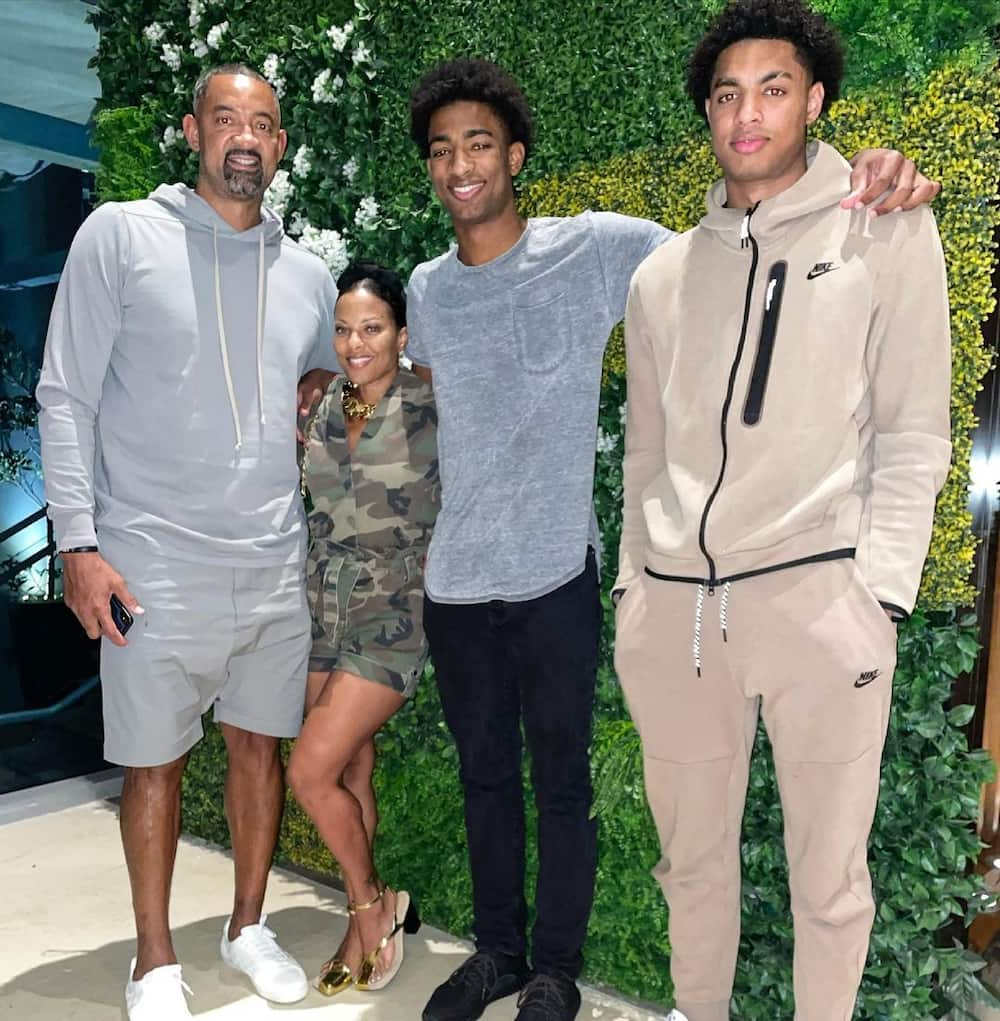
2. **Juwan Howard’s Groundbreaking Rookie Holdout**: Emerging from the iconic “Fab Five” program at Michigan, Juwan Howard entered the 1994 NBA draft with a rock-star status, brimming with potential and marketability. Far from accepting what was considered a “normal” rookie deal, Howard, along with his agent, decided to make a bold statement by holding out for a significantly more lucrative contract. This wasn’t just about personal gain; it was about asserting a new level of financial expectation for incoming talent, challenging the traditional rookie pay structure that had long been in place.
Howard’s strategic holdout paid off handsomely, securing him an astonishing 11-year, $36 million contract. What made this deal particularly groundbreaking was the inclusion of an opt-out clause after just two seasons, providing him with incredible flexibility and leverage for his future. This initial deal ensured he made a substantial amount of money very early in his professional career, distinguishing him from many of his peers. It underscored the growing power of top draft picks to demand more than the standard offering, pushing the boundaries of rookie compensation.
Demonstrating his and his agent’s astute negotiation skills, Howard did indeed exercise his opt-out clause, paving the way for an even more monumental financial achievement. Soon after, he inked a mammoth $100 million endeavor, a deal that made him the first player in league history to reach that nine-figure mark. This contract firmly cemented his place in NBA financial history, setting a new benchmark for player salaries. Juwan Howard, unequivocally, was the clear winner in both the short and long term of these famous negotiations, showcasing how an early contract dispute can profoundly benefit a star’s career.
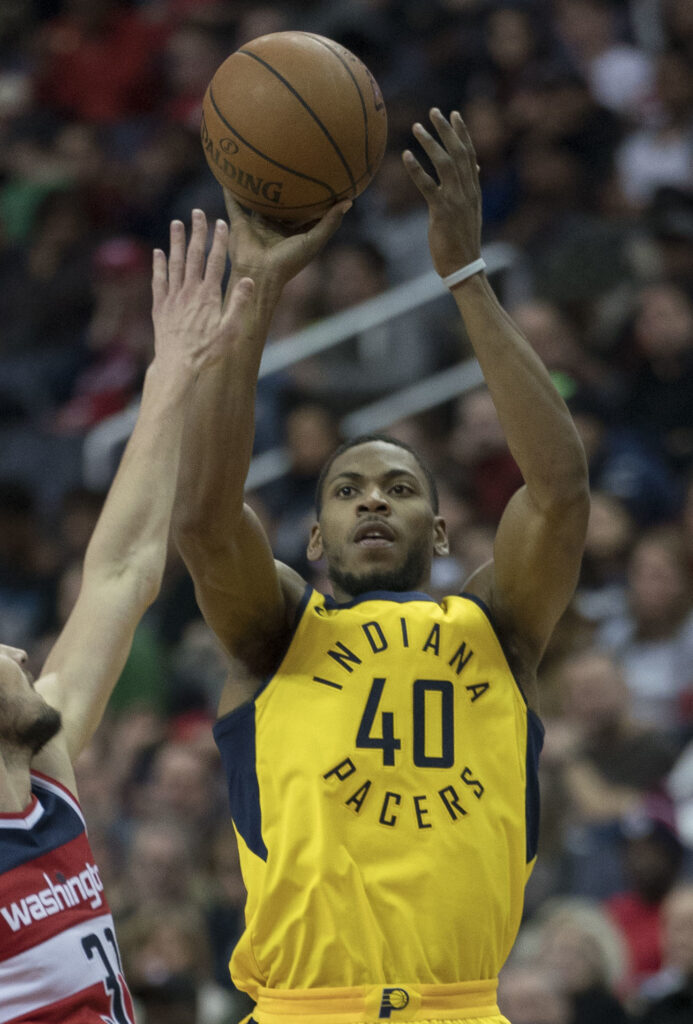
3. **Glenn Robinson’s Massive Guaranteed Rookie Deal**: The 1994 NBA draft class was not only notable for Juwan Howard’s aggressive negotiation tactics but also for Glenn Robinson’s equally determined pursuit of a landmark rookie contract. Like Howard, Robinson understood the value of his talent and aimed to “milk the system” to secure an unprecedented deal. He entered the league with high expectations, and his initial demands reflected a desire to be compensated at a level commensurate with his perceived superstar potential, even before playing a single professional game.
Robinson initially harbored hopes of securing a staggering $100 million contract directly out of college, a figure virtually unheard of for a rookie at the time. While he didn’t quite reach that lofty sum, his persistent holdout ultimately compelled the Milwaukee Bucks to meet a significant portion of his demands. According to a New York Times account from that period, Robinson “settled” for a monumental 10-year deal worth $68 million. What made this contract truly remarkable, and a point of much contention, was that it was completely guaranteed.
Such fully guaranteed, long-term rookie deals are virtually “unheard of” in the modern NBA, as the league has since implemented measures to “nix that type of leverage for rookies.” Robinson’s successful holdout was a testament to his strong negotiating position and the perceived desperation of the Bucks to secure their top pick. The deal worked out beautifully for Robinson, ensuring his financial security for a decade. It stands as a prime example of how a determined rookie, through a protracted contract dispute, could force a team to meet extraordinary demands, influencing future rookie contract structures in the league.

4. **The Contentious Impact of Max Contracts**: Max contracts, which represent the highest allowable salaries a team can offer a player under the NBA’s salary cap, are designed to reward elite talent and retain star players. However, their profound impact extends far beyond individual player compensation, often creating significant tension and ripple effects throughout a team’s dynamics and long-term strategy. When a franchise dedicates such a substantial portion of its salary cap to a single player, it inherently limits its financial flexibility, impacting its ability to build a balanced and competitive roster.
This financial constraint can manifest in various challenges. Teams may find themselves unable to sign high-caliber complementary players, hindering their overall depth and tactical versatility. Furthermore, it can make it difficult to retain existing talent, as other players on the roster may feel undervalued or unfairly compensated relative to the max contract holder. Such perceived inequities can foster resentment within the locker room, potentially eroding team chemistry and ultimately affecting on-court performance. The pressure on a max-contract player to be the team’s undisputed focal point, both offensively and in leadership, can also be immense.
A prime example of these dynamics is when Kevin Durant joined the Golden State Warriors in 2016 on a max contract. While his arrival undeniably elevated the team’s championship aspirations, it simultaneously “sparked debates about fairness and loyalty within the league.” This move, and the nature of his max deal, highlighted how such contracts can dramatically shift locker room dynamics, requiring players to navigate their roles in relation to a max contract holder. These deals, while beneficial for the individual star, often present a significant contractual “dispute” for the team in terms of managing its cap and fostering internal harmony.
Read more about: Hollywood’s Hidden Hazards: Unpacking the 15 Most Toxic Clauses in Multi-Picture Deals for A-List Talent
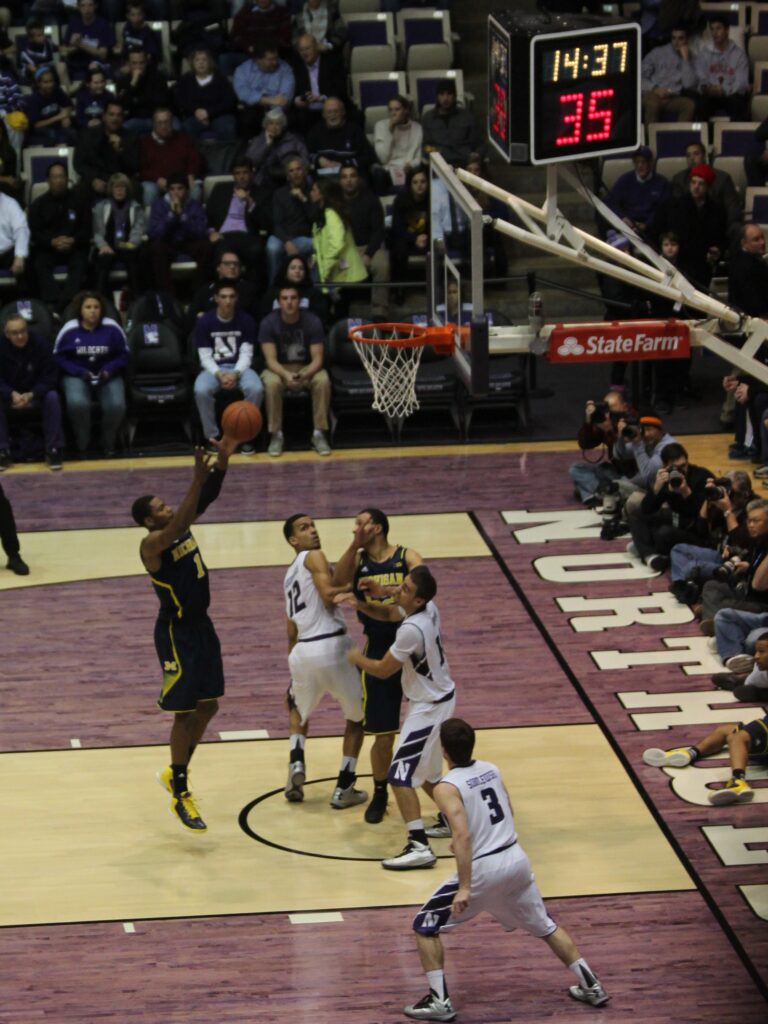
5. **The Rise of Player Empowerment and Its Effect on Contract Negotiations**: In recent years, a seismic shift has fundamentally reshaped the NBA’s contract negotiation landscape: the rise of player empowerment. No longer content to be mere chess pieces moved by ownership, players are increasingly seizing control of their careers, leveraging their immense influence to dictate terms that align with their personal goals, aspirations, and even their preferred team cultures. This isn’t just a quiet revolution; it’s a loud declaration of agency that has sent ripples across the league.
This transformative trend has been vividly exemplified by high-profile superstars such as LeBron James and Kevin Durant. These titans of the game have not only dominated on the court but have also made strategic, often audacious, decisions about their contracts and team affiliations. Their moves have consistently prioritized their individual interests and paths to success over traditional notions of loyalty to a single franchise, fundamentally altering the expectations for player-team relationships.
This newfound agency has ushered in a far more dynamic negotiation process. Players are no longer passive recipients of whatever offers come their way; they are active, vocal participants in shaping their own destinies and the destinies of their chosen teams. This paradigm shift means negotiations are less about a team dictating terms and more about a collaborative, albeit often tense, back-and-forth where player desires hold significant weight.
The profound impact of this empowerment is glaringly evident in the evolving structure of contracts. Modern players, particularly those at the peak of their powers, are now far more inclined to seek shorter-term deals. This strategic approach provides them with crucial flexibility, allowing them to reassess their situations frequently and capitalize on changing market conditions, team dynamics, or even the opportunity to align with other star players to chase championships.
This shift has notably led to an increase in “one-and-done” contracts, where players sign for a single season with an option for renewal, or accept deals with early opt-out clauses. While these arrangements empower players to maintain agility and respond to new opportunities, they simultaneously pose significant challenges for franchises. Teams face the daunting task of attempting to build and sustain long-term strategies around the inherent uncertainty of player commitments, making every contract negotiation a high-wire act.
Read more about: Bob Goodenow, 72, Dies; The Tenacious Architect Who Gave Hockey Players’ Union Unprecedented Muscle
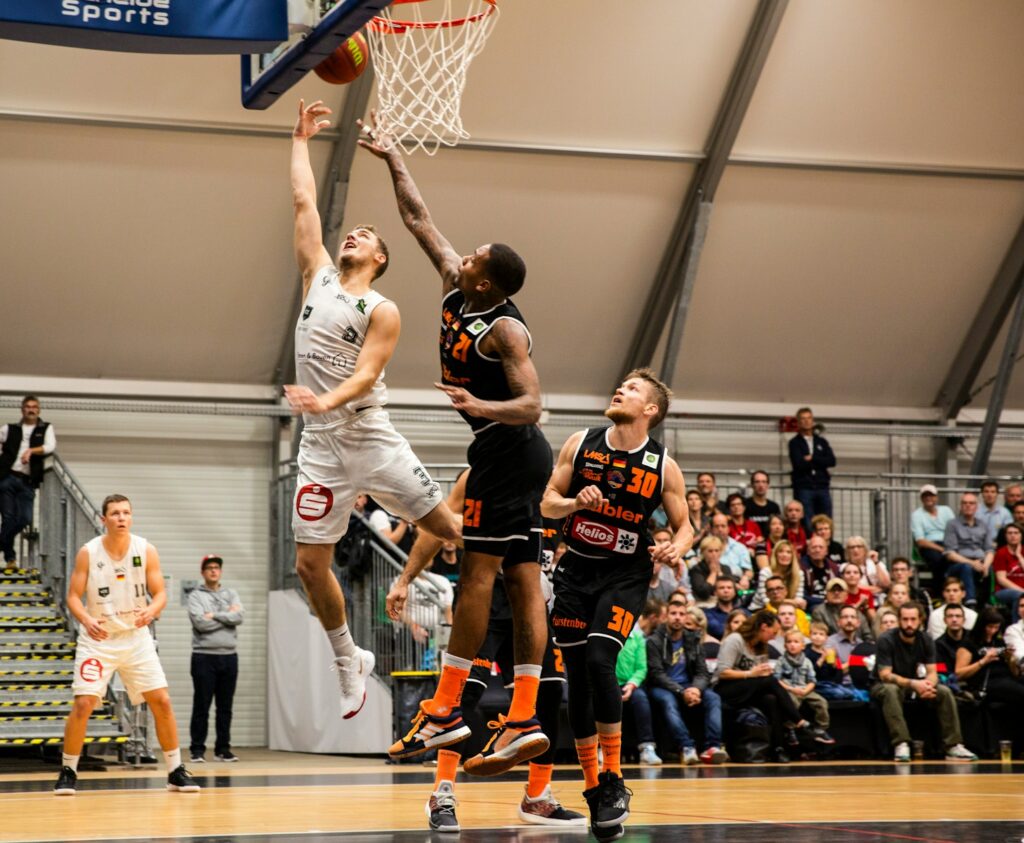
6. **The Issue of “Supermax” Contracts and Their Impact on Team Salary Caps**: Amidst the evolving contractual landscape, “supermax” contracts stand out as one of the most contentious and financially impactful aspects of NBA salary negotiations. These are not your everyday max deals; they allow teams to offer significantly higher salaries—often upwards of 35% of the salary cap—to players who meet specific, demanding criteria, such as being named an All-Star or earning All-NBA honors. The intention is clear: reward elite, homegrown talent and incentivize them to remain with their original teams, fostering loyalty and continuity.
However, the reality of supermax contracts often presents substantial challenges for franchises striving to construct competitive rosters within the rigid confines of the NBA’s salary cap. While designed to keep stars in place, the sheer financial weight of these deals can become a double-edged sword, severely limiting a team’s financial flexibility and its ability to surround its superstar with the necessary complementary pieces for a championship push.
The financial implications of supermax deals are, quite frankly, staggering. A prime example occurred when Stephen Curry inked a supermax extension with the Golden State Warriors in 2017. This monumental deal not only cemented his status as one of the league’s highest-paid players but simultaneously placed immense, unprecedented pressure on the team’s salary cap flexibility. It highlighted how even a perfectly constructed dynasty could feel the pinch of such a massive financial commitment.
As teams dedicate an ever-larger portion of their budget to these supermax players, they inevitably find themselves operating under tight constraints. This often translates into a diminished capacity to sign crucial role players, veteran depth, or make significant trades without completely dismantling other parts of the roster. The domino effect is palpable, making it difficult to maintain balance and versatility across the squad, which are vital ingredients for sustained success.
Ultimately, this situation frequently leads to significant imbalances within rosters. Teams are often forced into difficult decisions, having to choose between retaining promising young talent, signing essential free agents, or even making cost-cutting trades to align with their cap sheet. The supermax, while a boon for the individual star, often presents a complex, league-wide puzzle for front offices, creating an ongoing tension between individual compensation and team-building efficacy.
7. **The Controversy Surrounding Rookie Scale Contracts and Their Limitations**: While veteran stars navigate the high-stakes world of max and supermax deals, a different kind of contractual challenge looms for the league’s newest talents: rookie scale contracts. These agreements have long been a significant source of contention within the NBA, primarily due to their perceived limitations on young players’ earning potential. This system, while having its merits, often leaves highly skilled, immediately impactful young players feeling undeniably undercompensated relative to their early contributions.
Rookie scale contracts are unique in their structure; they are predetermined based on a player’s draft position, effectively restricting how much teams can pay their rookies during their initial years in the league. The original design behind this system was dual-purpose: to provide a degree of financial stability for franchises, preventing them from overspending recklessly on unproven talent, and to ensure a more equitable distribution of salaries across the league.
However, the rigid limitations imposed by these rookie scale contracts can ignite considerable frustration among emerging stars, especially those who quickly exceed expectations. Imagine being a franchise cornerstone, delivering All-Star-caliber play, yet earning a fraction of what established veterans, or even less impactful players, are making simply because of your contract’s predetermined structure. This disparity can create a sense of injustice and resentment.
For instance, players like Luka Dončić and Trae Young, who almost immediately established themselves as indispensable franchise cornerstones, found themselves bound by rookie scale restrictions for their initial seasons. Despite their undeniable impact and immense marketability, they had to wait until they became eligible for extensions or free agency before they could truly command a salary reflective of their performance. This scenario is a stark reminder of the system’s inherent limitations.
This ongoing situation has repeatedly sparked intense debates about fairness within the league, leading to persistent calls for reform. Many argue that the current system needs to evolve, allowing young talent to negotiate more favorable terms based on their actual on-court performance rather than strictly adhering to their draft position. Such reforms would acknowledge immediate impact and perhaps lead to a more dynamic and equitable compensation model for the NBA’s future stars.
8. **The Impact of Buyout Agreements on Player Contracts**: In the ever-fluid landscape of NBA contracts, buyout agreements have emerged as a critically significant, yet often underappreciated, aspect of player movement and team strategy. These agreements offer an alternative pathway for players who may no longer fit within their team’s long-term plans, or for those who simply seek new opportunities and a fresh start elsewhere. It’s a pragmatic solution that has become increasingly common.
A buyout fundamentally occurs when a team and a player mutually agree to terminate a player’s contract before its scheduled expiration date. In exchange for this early release, the player typically forfeits a portion of their remaining salary, while the team gains immediate cap relief. This arrangement can be genuinely mutually beneficial, allowing teams to shed unwanted salary and open up crucial cap space, while players gain the invaluable flexibility to become a free agent and choose their next destination.
For players seeking a revitalized role, increased playing time, or the chance to join a contending team, buyouts can be a strategic godsend. They provide a direct avenue to escape unfavorable situations, bypass traditional trade restrictions, and find a role that better suits their evolving skill set or career aspirations. It’s a shortcut to fresh opportunities, often leading to a more impactful and satisfying second chapter in their careers.
We’ve seen numerous high-profile examples of buyouts impacting the league. DeAndre Jordan’s buyout from the Detroit Pistons in 2022 is a notable case; it allowed him to sign with the Philadelphia 76ers, where he contributed to their playoff push, albeit in a more limited role. These instances highlight how a player, once seemingly stuck, can quickly pivot to a new situation that offers immediate relevance, often with a team vying for a championship.
However, the increasing prevalence of buyouts also sparks pertinent questions about loyalty and commitment within professional sports. While practical for both parties, some fans and analysts view buyouts as an easy way for players to circumvent their contractual obligations, essentially abandoning a team without fully seeing out their deal. This tension between player agency and team investment continues to be a defining characteristic of the modern NBA contract landscape, influencing fan perception and league discourse alike.
As we conclude this deep dive into the NBA’s most significant contract disputes, it becomes abundantly clear that the league’s financial framework is a living, breathing entity, constantly evolving under the pressure of star power, economic realities, and the relentless pursuit of competitive advantage. From the seismic league-wide lockouts to the intricate dance of individual player empowerment and the strategic maneuvers involving supermax deals, rookie scales, and buyouts, each contractual saga writes a new chapter in the NBA’s storied history. These aren’t just dry financial dealings; they are the dramatic, often career-defining, showdowns that shape legacies and define the future direction of basketball, reminding us that off-court battles can be just as compelling as the ones on the hardwood.



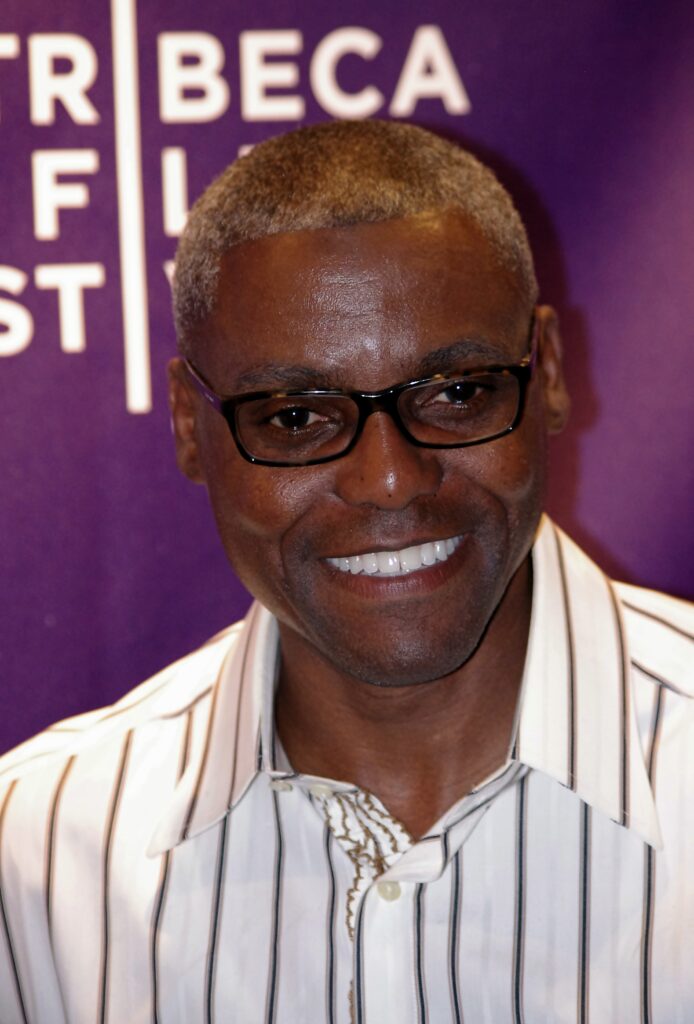
.jpg)
